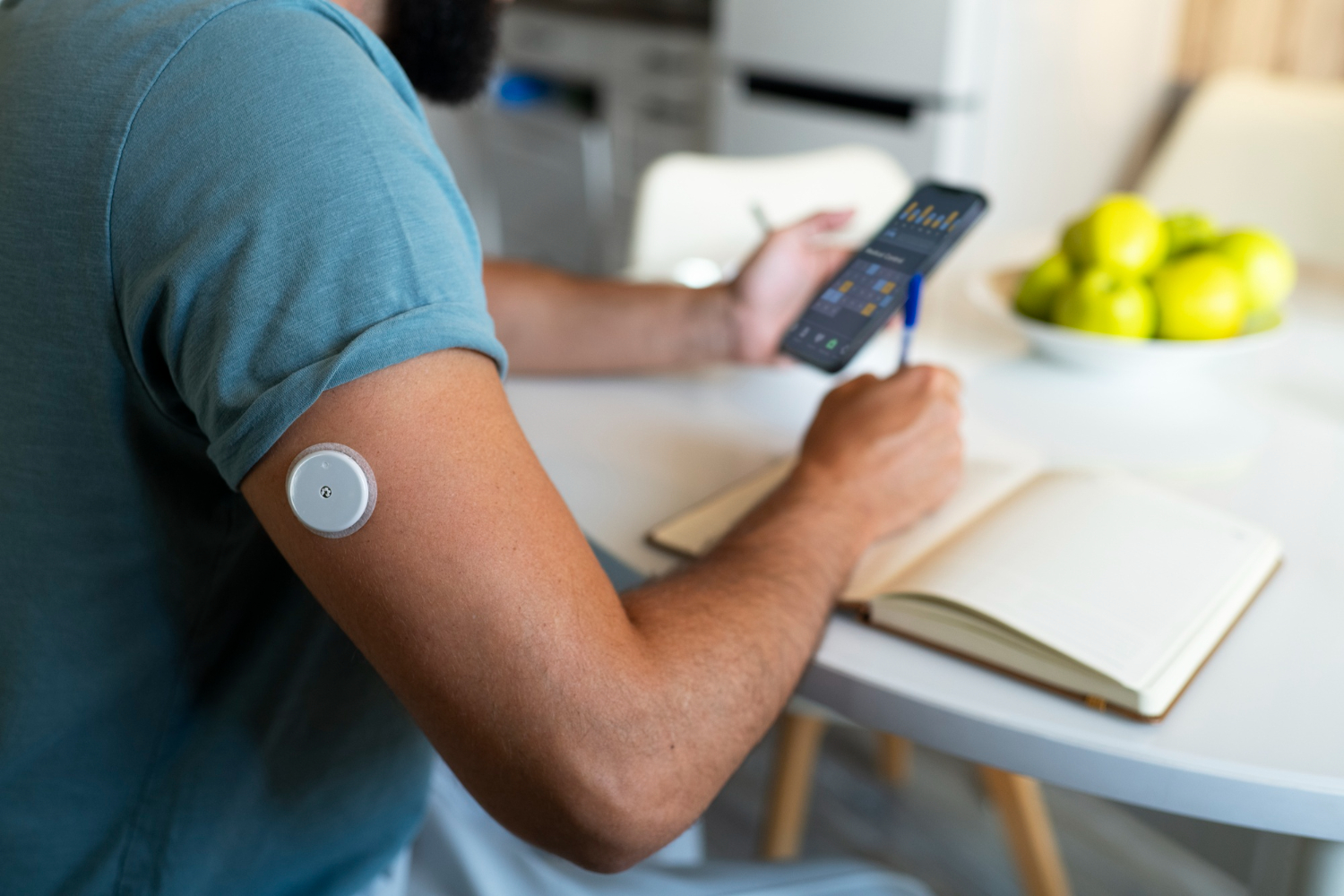PIR Services
How It Works
PIR therapy mimics these natural micro-doses of insulin intravenously in a rhythmic, pulsed manner, closely replicating the body’s physiologic insulin release patterns. This “resets” the body’s response to insulin and supports better blood sugar control
This Method:
- Supports glucose uptake at the cellular level
- Encourages mitochondrial/cellular repair and energy production
- Enhances cellular signaling and metabolic balance
- Helps reduce inflammation associated with metabolic syndrome

Each treatment session is customized and closely monitored for optimal metabolic response.


Who Can Benefit from PIR Therapy?
PIR is designed for individuals who are dealing with chronic metabolic conditions, including:
- Type 2 Diabetes
- Pre-diabetes
- Metabolic Syndrome
- Insulin Resistance
- Diabetic Neuropathy
- Non-alcoholic Fatty Liver Disease (NAFLD)
- Cardiometabolic dysfunction
PIR therapy may also benefit individuals who have not responded well to conventional treatments or want to reduce reliance on high-dose medications.

Why Choose PIR Therapy?
Targets the Root Cause
Not just blood sugar—PIR addresses metabolic dysfunction at the cellular level.
Personalized Protocols
Every treatment is tailored to your specific metabolic needs.
Non-Invasive and Well-Tolerated
Most patients report increased energy, improved mood, and reduced neuropathy symptoms.
Long-Term Benefits
With continued therapy, many patients experience better A1C levels, improved lipid profiles, and greater metabolic stability.
Typical Care Plan:
Personalized and physician led
The plan is tailored to each patient based on lab work, insulin resistance, and the body’s ability to process carbohydrates.
Frequency and duration are adjusted based on clinical response and progress.
What to Expect:
PIR treatments are typically administered once or twice a week in a clinical setting. Each session takes 2–3 hours and is conducted under medical supervision. You’ll relax in a comfortable chair while receiving your individualized infusion therapy.
Most patients begin to notice positive changes within the first few weeks, including increased energy, reduced brain fog, and improved glucose control.
First Steps:
Initial Assessment
Review your medical history, current medications, and lifestyle factors.
Discuss your goals and expectations for metabolic health and diabetes management.
Evaluation of Insulin Resistance
Assess your current glucose control and how your body responds to insulin.
Determine if PIR therapy is medically appropriate for your needs.
Individualized Care Plan
Your physician develops a customized treatment plan, including infusion frequency, duration, and follow-up schedule.
Discuss expected outcomes and answer any questions about the therapy.
Education & Preparation
Learn what to expect during infusions and how to prepare for your first visit.
Receive guidance on diet, lifestyle, and monitoring to maximize therapy benefits.
